MNRAS is now a fully Open Access journal
All papers are freely available to read and share immediately upon publication.
Through this change, MNRAS champions the values of transparency, inclusivity, and worldwide accessibility of the research it publishes.
Publish with Monthly Notices of the Royal Astronomical Society

Why Publish?
Learn more about why the Journal is the perfect home for your research and how to submit today to join our prestigious author community.

Are you eligible for Read and Publish funding?
If you are interested in publishing in MNRAS your APC may be covered by an institutional agreement with OUP.

RAS Funding Support
The RAS is pleased to offer an APC waiver program to support authors publishing in the Journal who do not have access to funds elsewhere.

Developing Countries Initiative
Corresponding authors based in countries and regions, that are part of the developing countries initiative are eligible for a full waiver of publishing fees.

MNRAS Letters
You are viewing MNRAS - switch to MNRAS Letters for short, topical and significant research in all fields of astronomy.

MillenniumTNG Project Special Issue
Discover the new and exciting special issue that focuses on the MilleniumTNG Project. From the large-scale clustering of galaxies to hydrodynamical full physics simulation, this free-to-read collection explores a wide range of talking points.

Zooniverse Papers
Discover Zooniverse papers published in MNRAS and read the official published version of the article.

High-Impact Research Collection
Explore a collection of freely available high-impact research from 2022 and 2023 published in MNRAS.
More from Monthly Notices of the Royal Astronomical Society

Email Alerts
Register to receive table of contents email alerts as soon as new issues of MNRAS are published online.


RAS Journals Portfolio
MNRAS is proud to be part of the RAS journal portfolio along with MNRAS Letters, GJI, RAS Techniques and Instruments, and Astronomy & Geophysics.

Submit via Overleaf
Authors submitting to MNRAS are now able to access a custom MNRAS authoring template within the Overleaf platform.


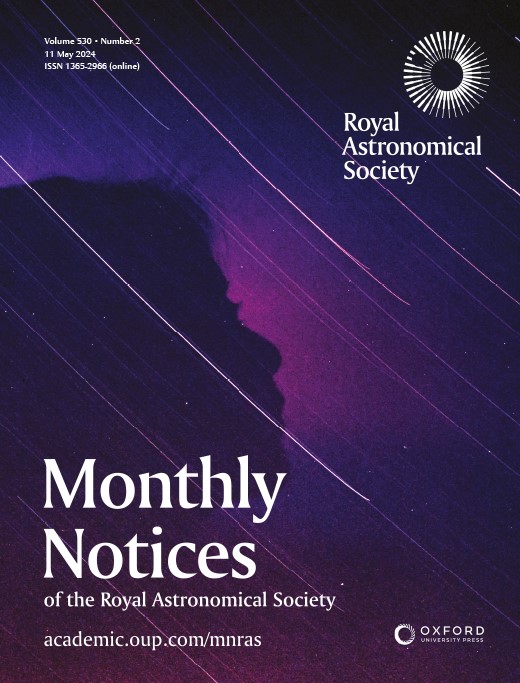
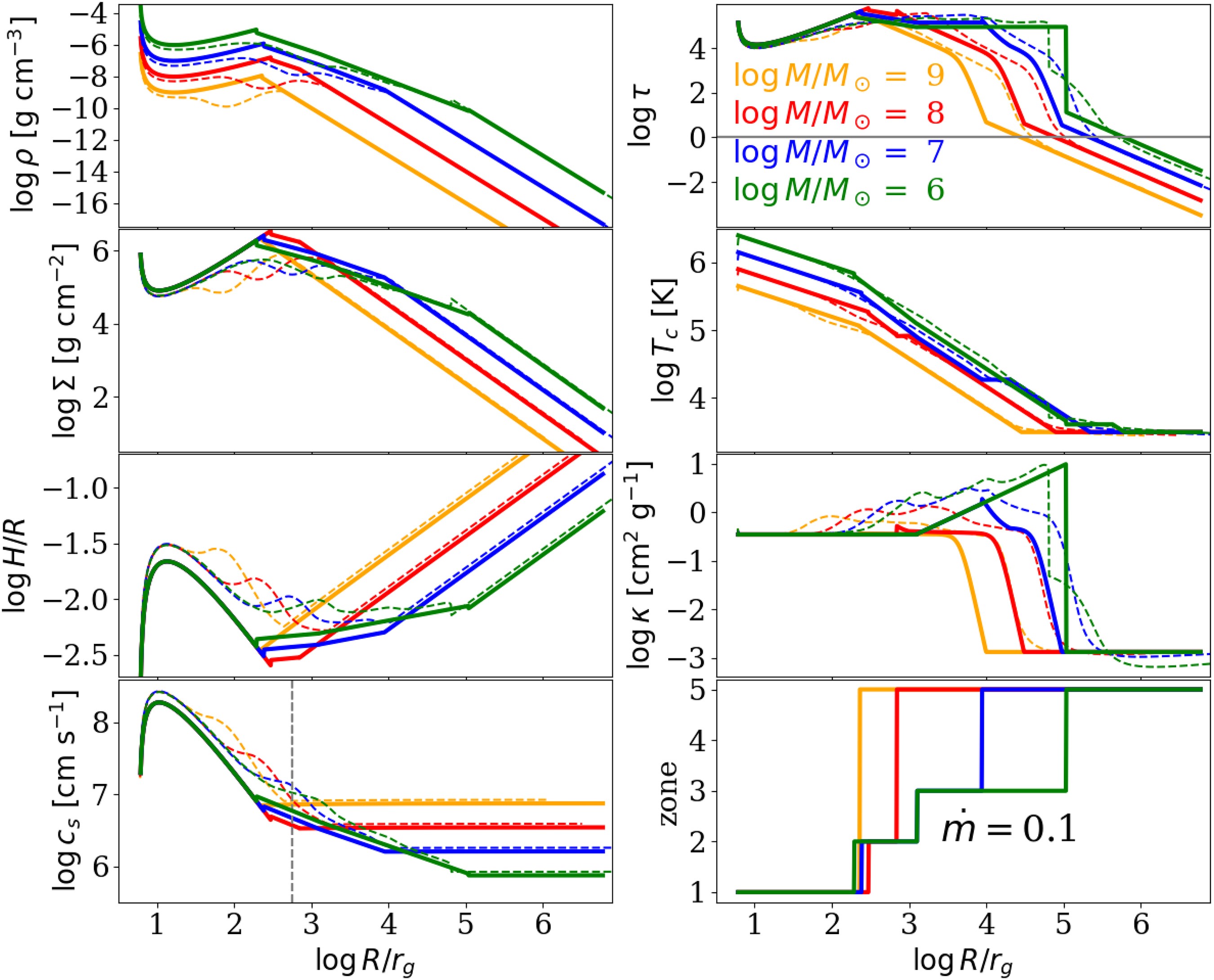 Accretion discs in active galactic nuclei (AGNs) foster black hole (BH) formation, growth, and mergers. Stellar mass BHs migrate inwards under the influence of hydrodynamical torques unless they encounter a region where the torque flips sign. At these migration traps, BHs accumulate and merge via ...
Accretion discs in active galactic nuclei (AGNs) foster black hole (BH) formation, growth, and mergers. Stellar mass BHs migrate inwards under the influence of hydrodynamical torques unless they encounter a region where the torque flips sign. At these migration traps, BHs accumulate and merge via ...
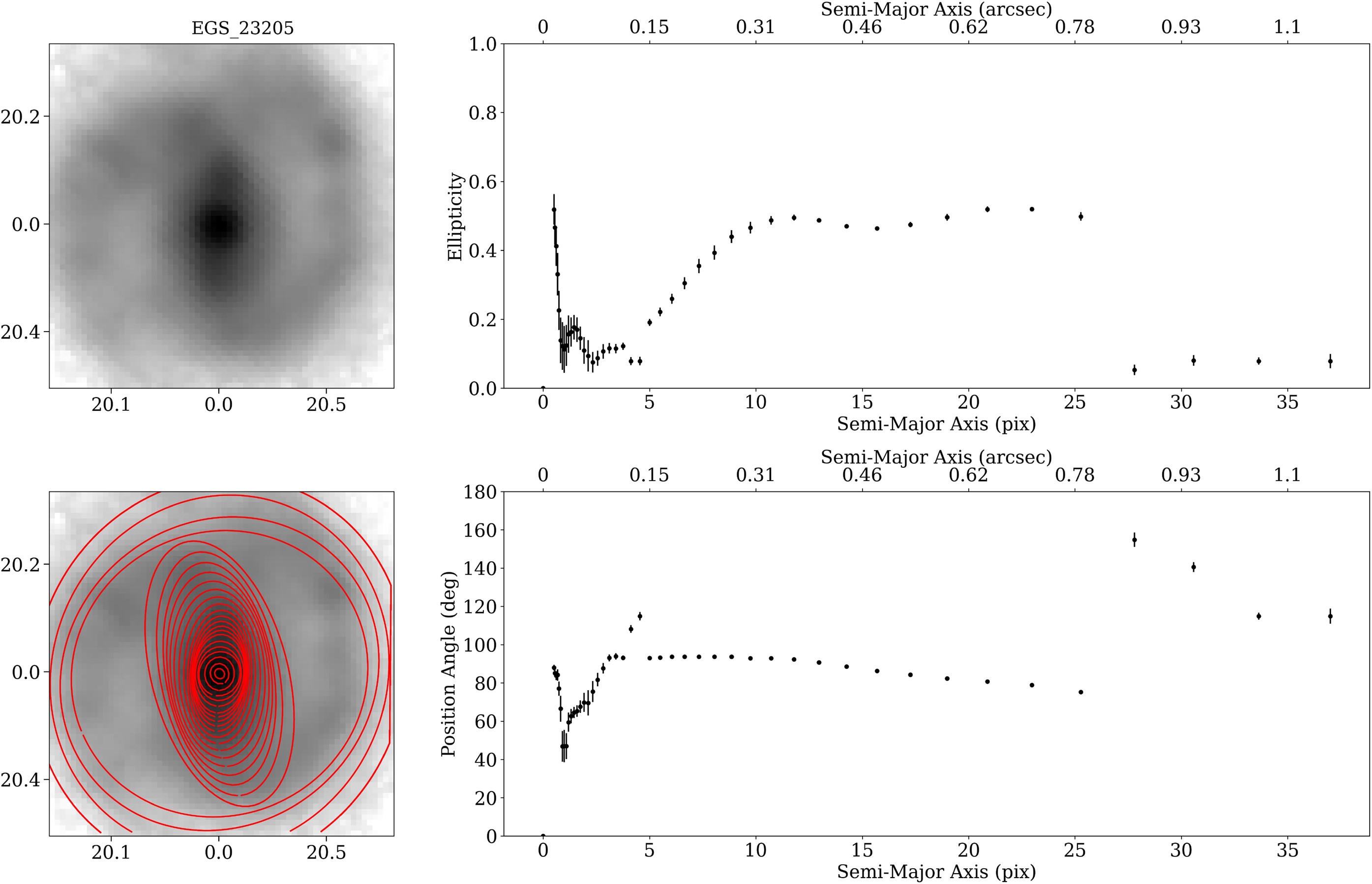 The presence of a stellar bar in a disc galaxy indicates that the galaxy hosts in its main part a dynamically settled disc and that bar-driven processes are taking place in shaping its evolution. Studying the cosmic evolution of the bar fraction in disc galaxies is therefore essential to understand ...
The presence of a stellar bar in a disc galaxy indicates that the galaxy hosts in its main part a dynamically settled disc and that bar-driven processes are taking place in shaping its evolution. Studying the cosmic evolution of the bar fraction in disc galaxies is therefore essential to understand ...
 The clustering of galaxies and their connections to their initial conditions is a major means by which we learn about cosmology. However, the stochasticity between galaxies and their underlying matter field is a major limitation for precise measurements of galaxy clustering. Efforts have been made ...
The clustering of galaxies and their connections to their initial conditions is a major means by which we learn about cosmology. However, the stochasticity between galaxies and their underlying matter field is a major limitation for precise measurements of galaxy clustering. Efforts have been made ...
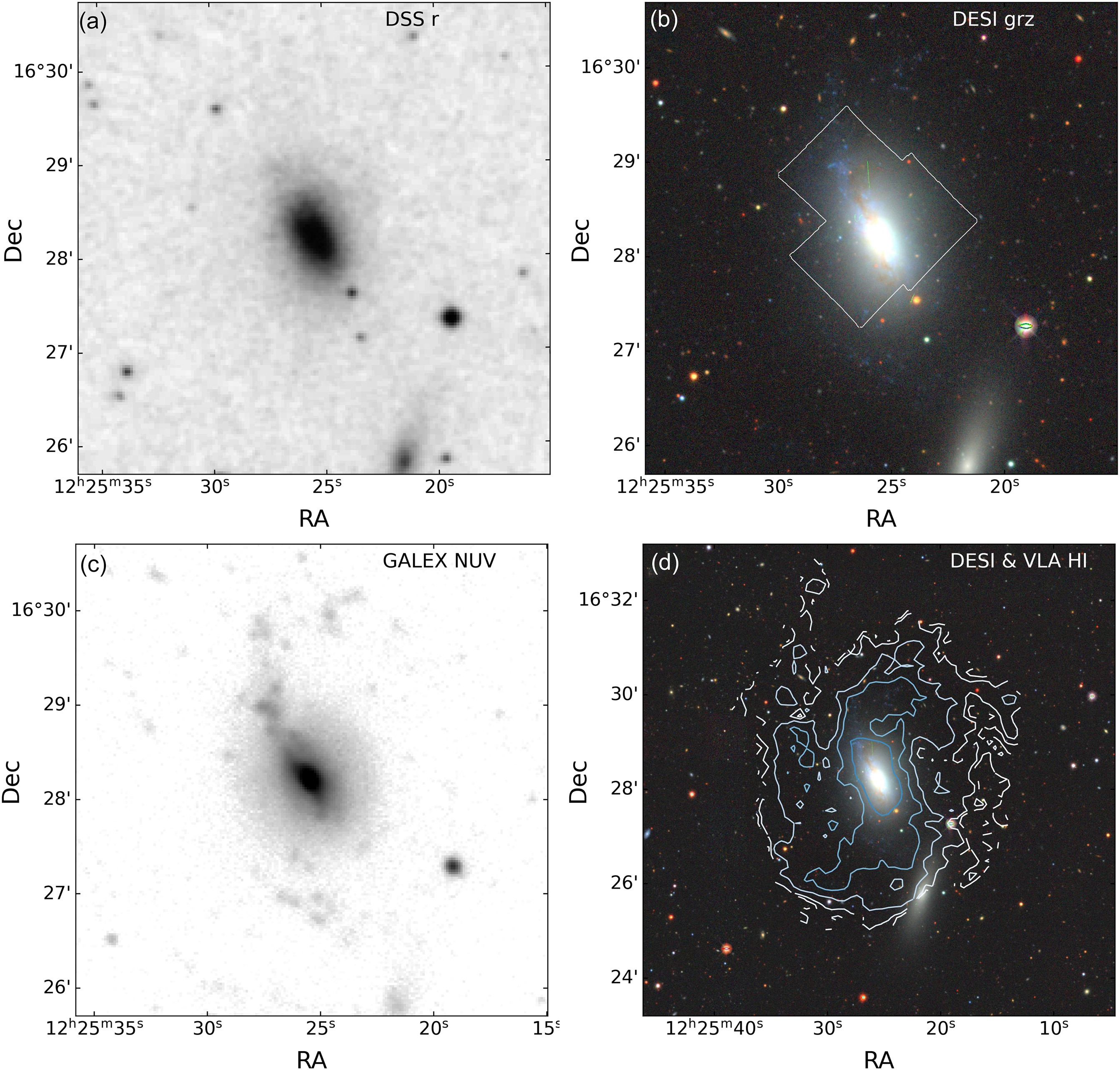 Stellar feedback-driven outflows are important regulators of the gas–star formation cycle. However, resolving outflow physics requires high-resolution observations that can only be achieved in very nearby galaxies, making suitable targets rare. We present the first results from the new VLT/MUSE ...
Stellar feedback-driven outflows are important regulators of the gas–star formation cycle. However, resolving outflow physics requires high-resolution observations that can only be achieved in very nearby galaxies, making suitable targets rare. We present the first results from the new VLT/MUSE ...
 Polarized radio emission of RRAT J1854+0306 is investigated with single pulses using Five-hundred-meter Aperture Spherical Telescope. Its emission is characterized by nulls, narrow and weak pulses, and occasional wide and intense bursts with a nulling fraction of 53.2 per cent. Its burst emission ...
Polarized radio emission of RRAT J1854+0306 is investigated with single pulses using Five-hundred-meter Aperture Spherical Telescope. Its emission is characterized by nulls, narrow and weak pulses, and occasional wide and intense bursts with a nulling fraction of 53.2 per cent. Its burst emission ...
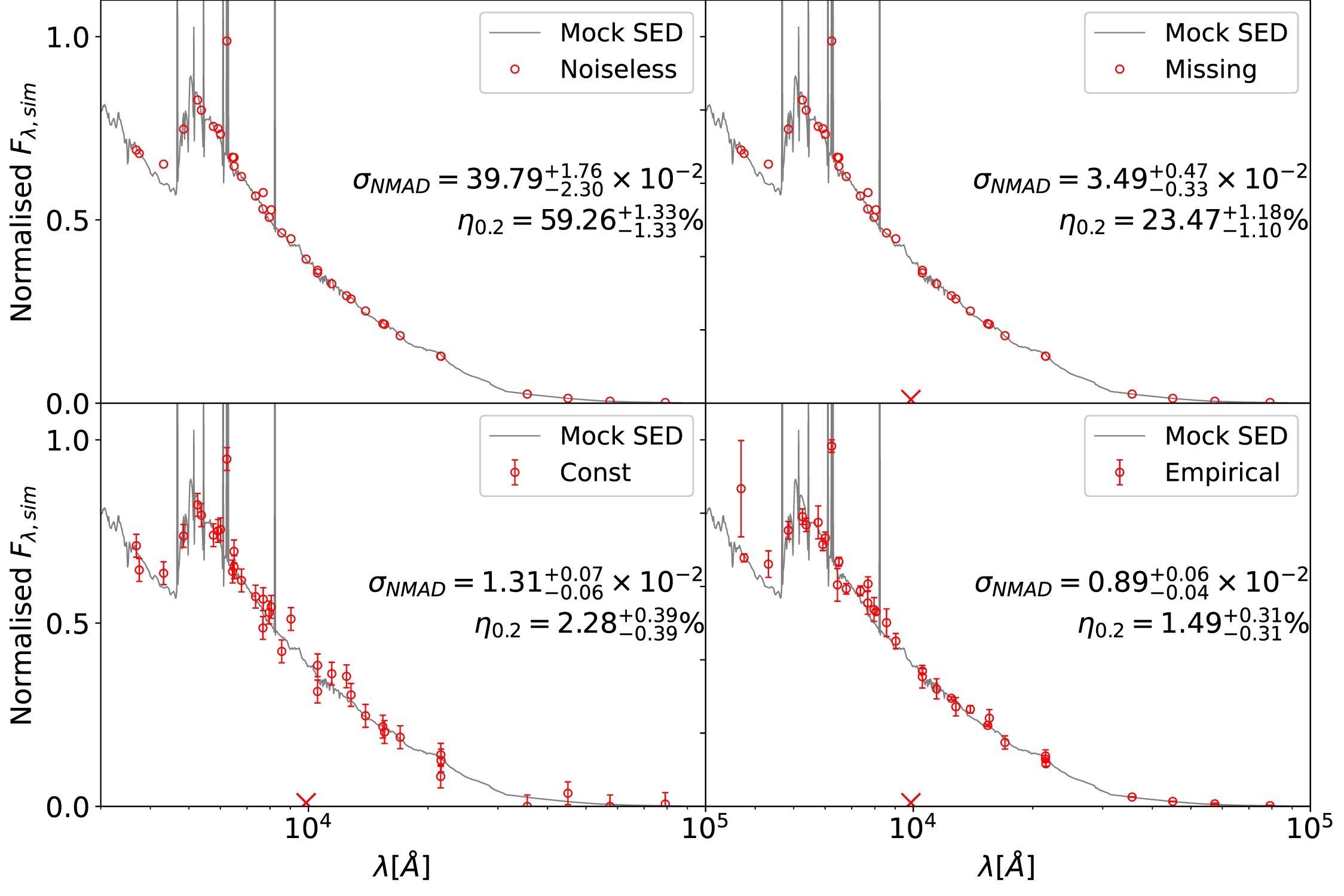 Machine learning photo- z methods, trained directly on spectroscopic redshifts, provide a viable alternative to traditional template-fitting methods but may not generalize well on new data that deviates from that in the training set. In this work, we present a Hybrid Algorithm for WI(Y)de-range ...
Machine learning photo- z methods, trained directly on spectroscopic redshifts, provide a viable alternative to traditional template-fitting methods but may not generalize well on new data that deviates from that in the training set. In this work, we present a Hybrid Algorithm for WI(Y)de-range ...
 In galaxy cluster collisions, the gas can be separated from dark matter haloes. Abell 56 displays signatures of a dissociative bullet-like merger with a possible high-inclination angle between the plane of orbit and the sky. Our objective is to provide a comprehensive description of the features ...
In galaxy cluster collisions, the gas can be separated from dark matter haloes. Abell 56 displays signatures of a dissociative bullet-like merger with a possible high-inclination angle between the plane of orbit and the sky. Our objective is to provide a comprehensive description of the features ...
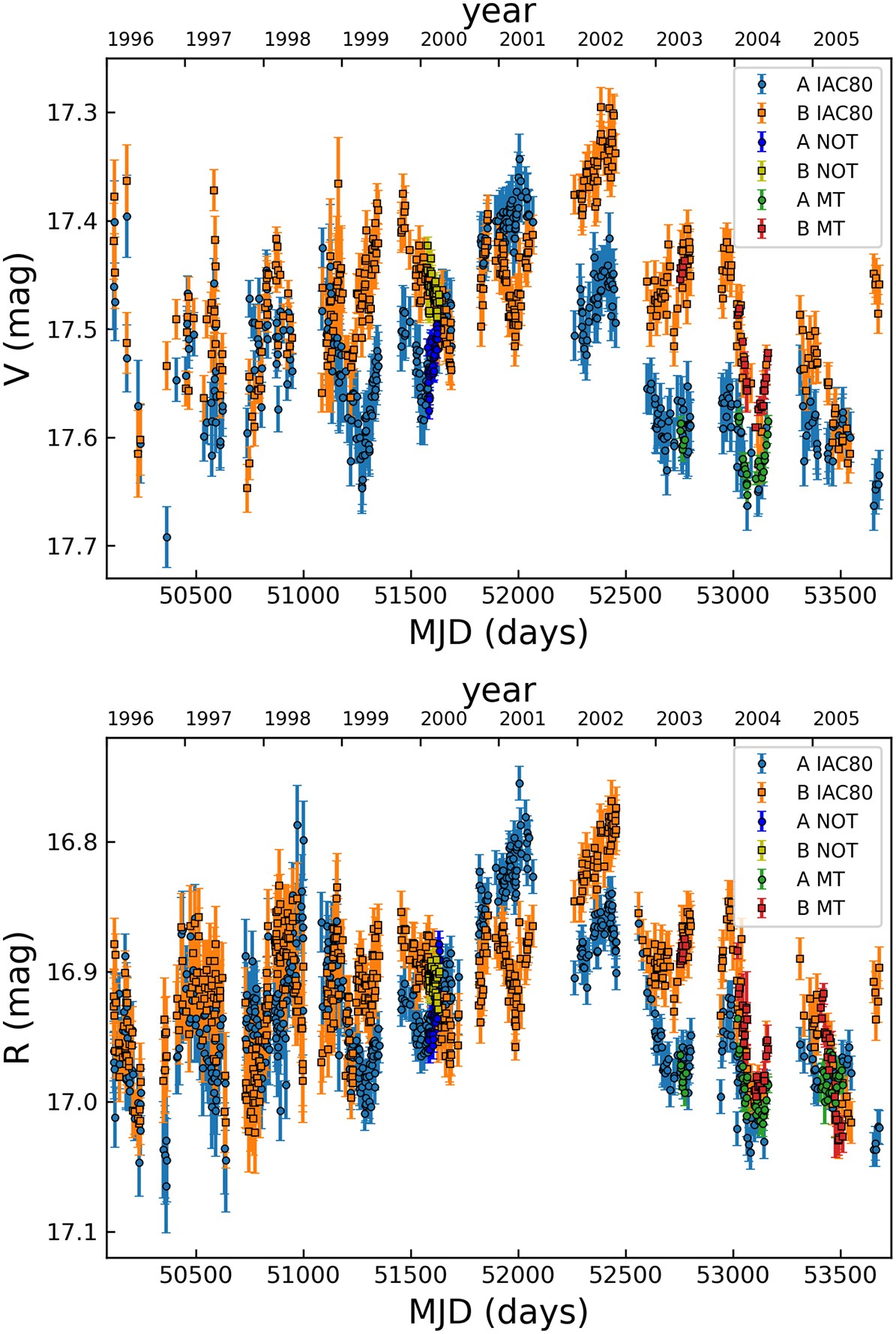 To better understand which sources contribute to optical passband fluxes of Q0957+561, we present and analyse light curves of the doubly imaged gravitationally lensed quasar from its discovery to 2023. After an early microlensing event, the difference light curves (describing delay-corrected flux ...
To better understand which sources contribute to optical passband fluxes of Q0957+561, we present and analyse light curves of the doubly imaged gravitationally lensed quasar from its discovery to 2023. After an early microlensing event, the difference light curves (describing delay-corrected flux ...

